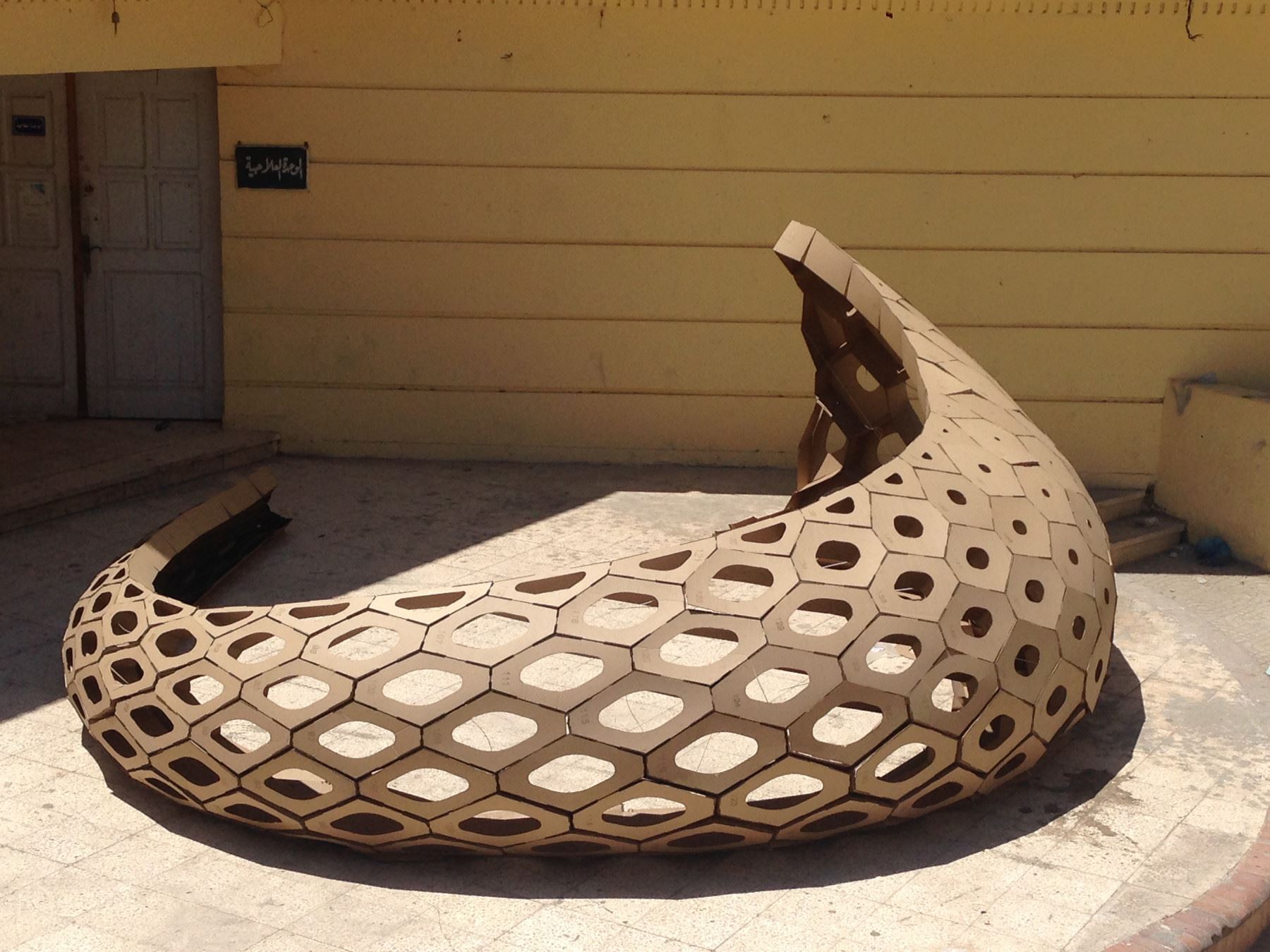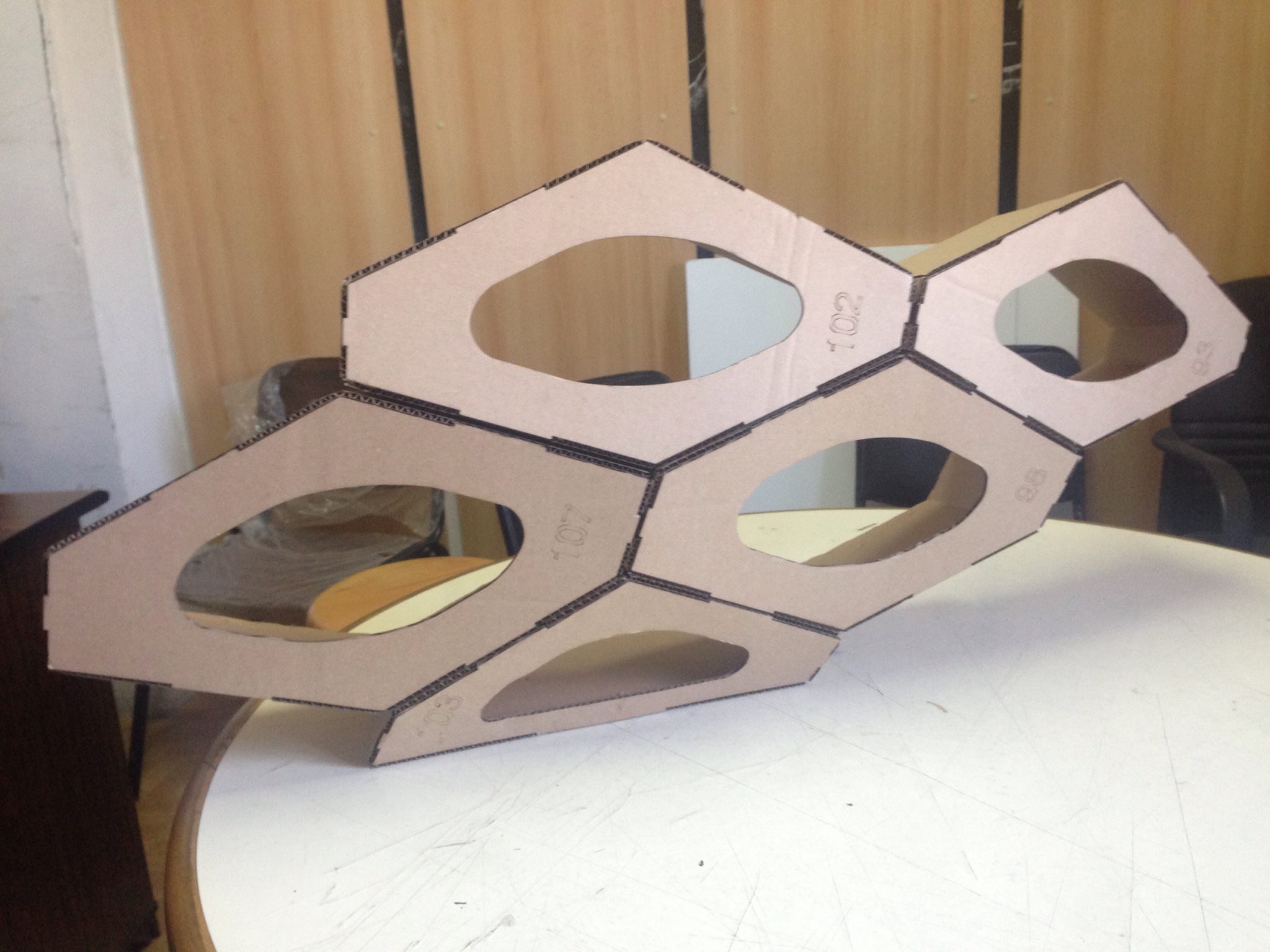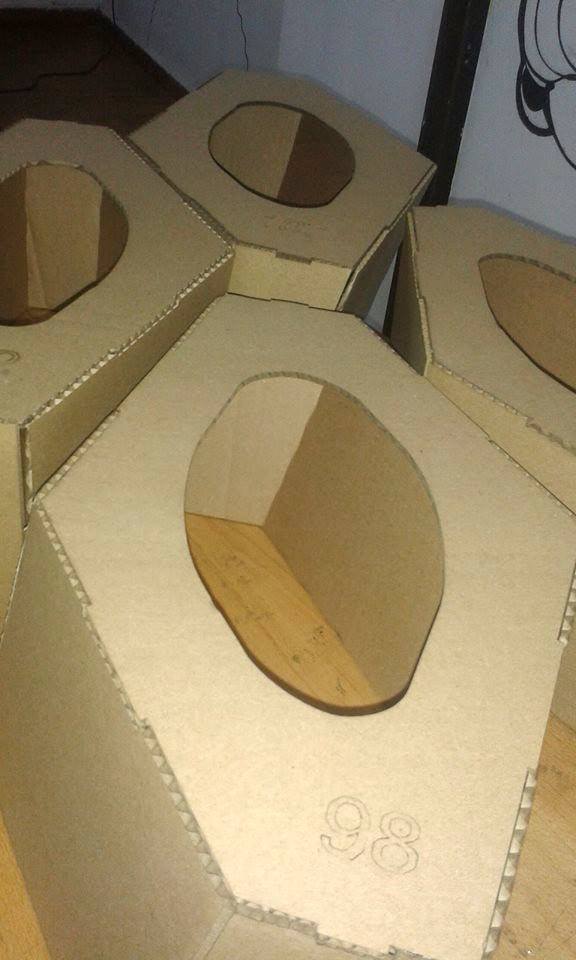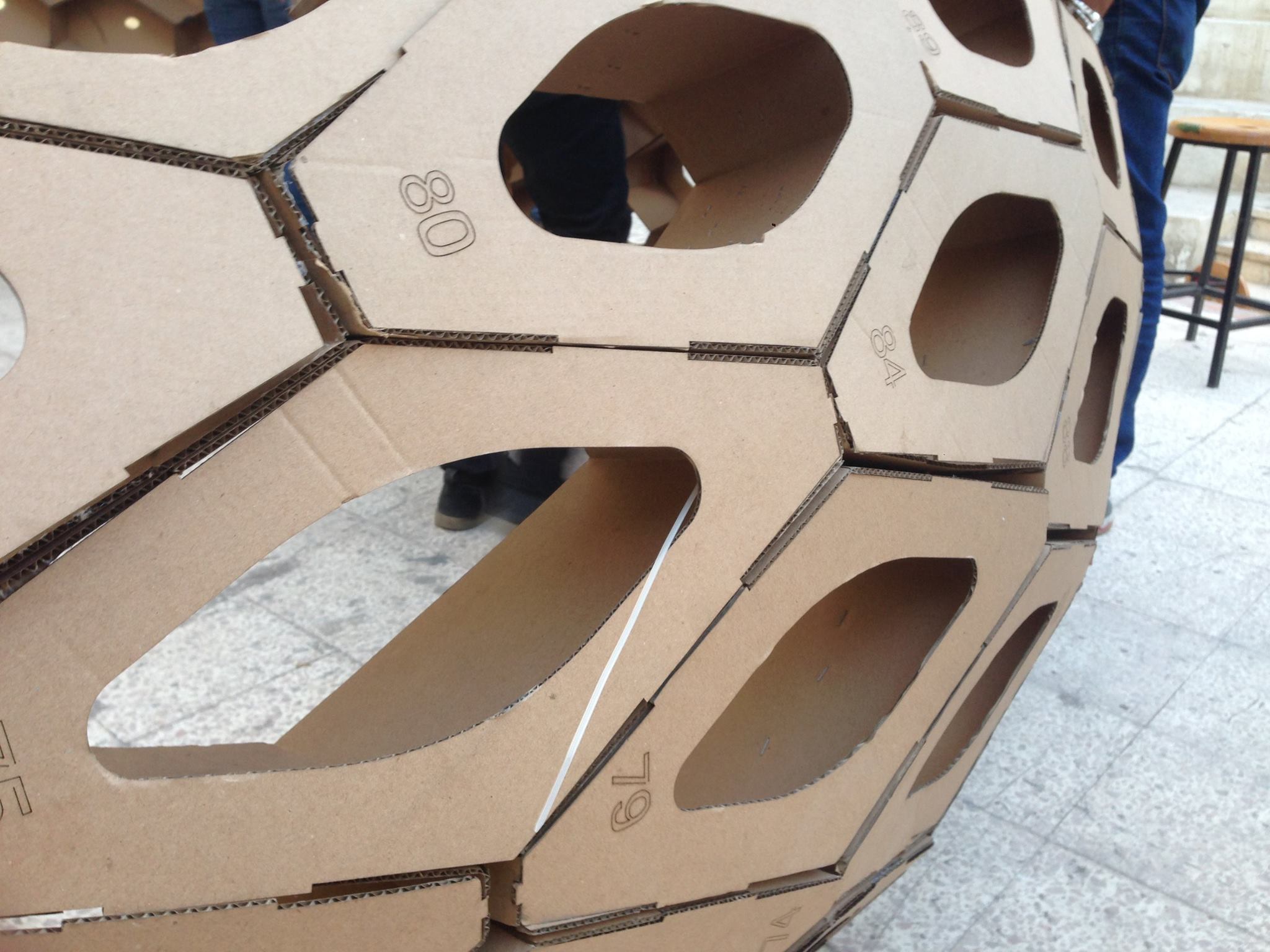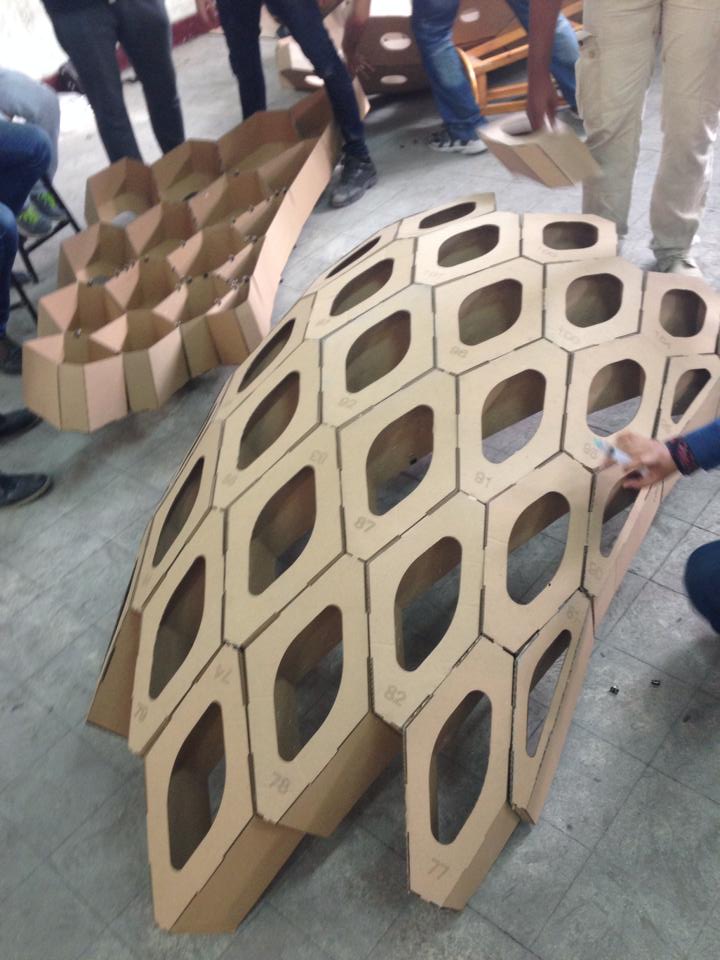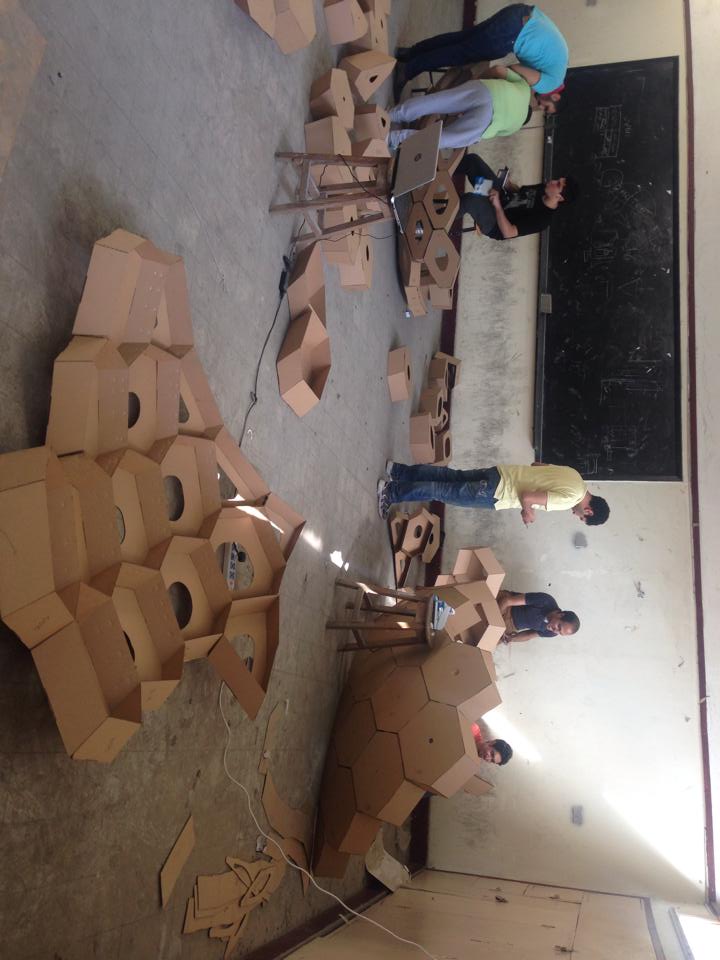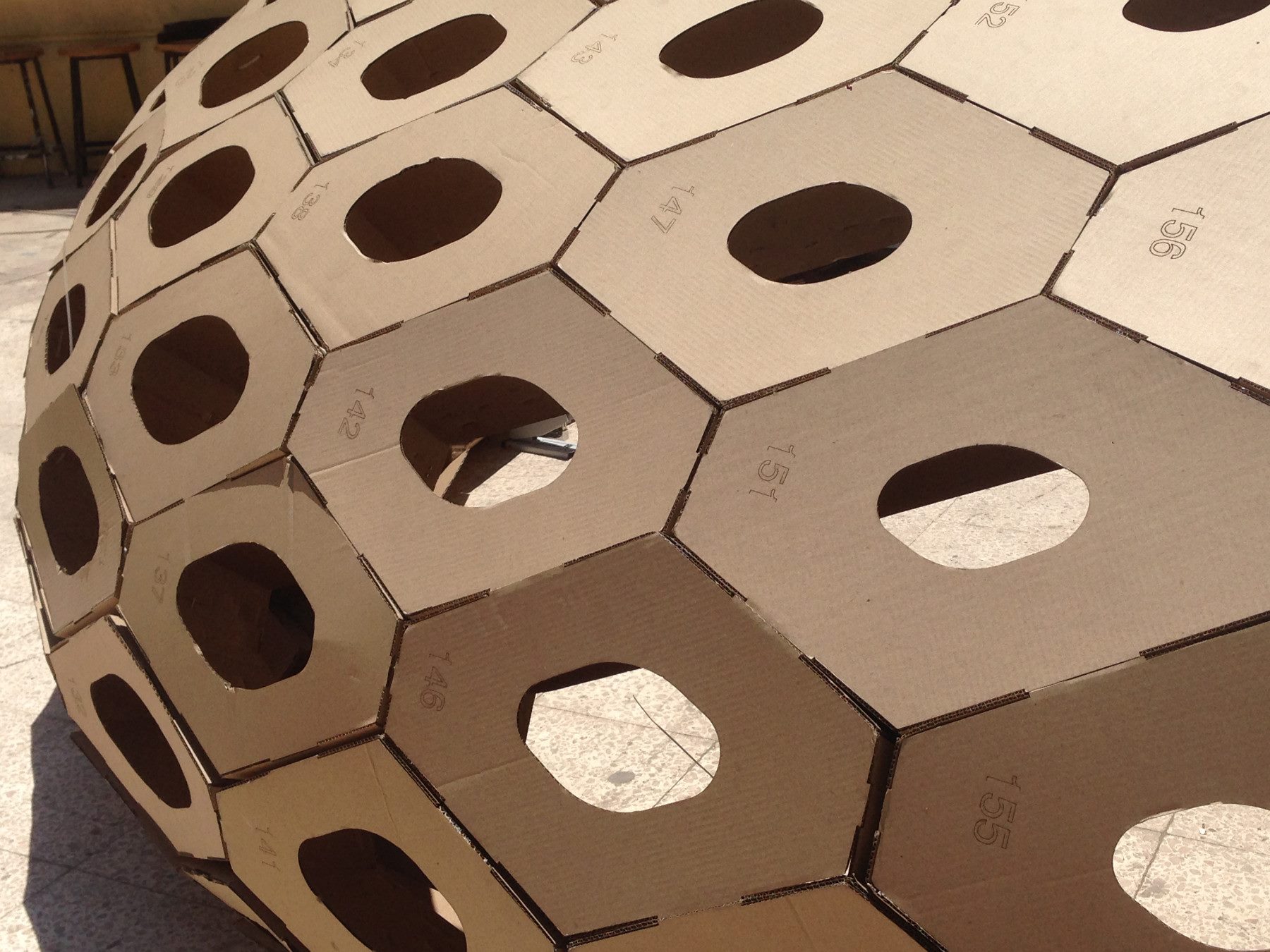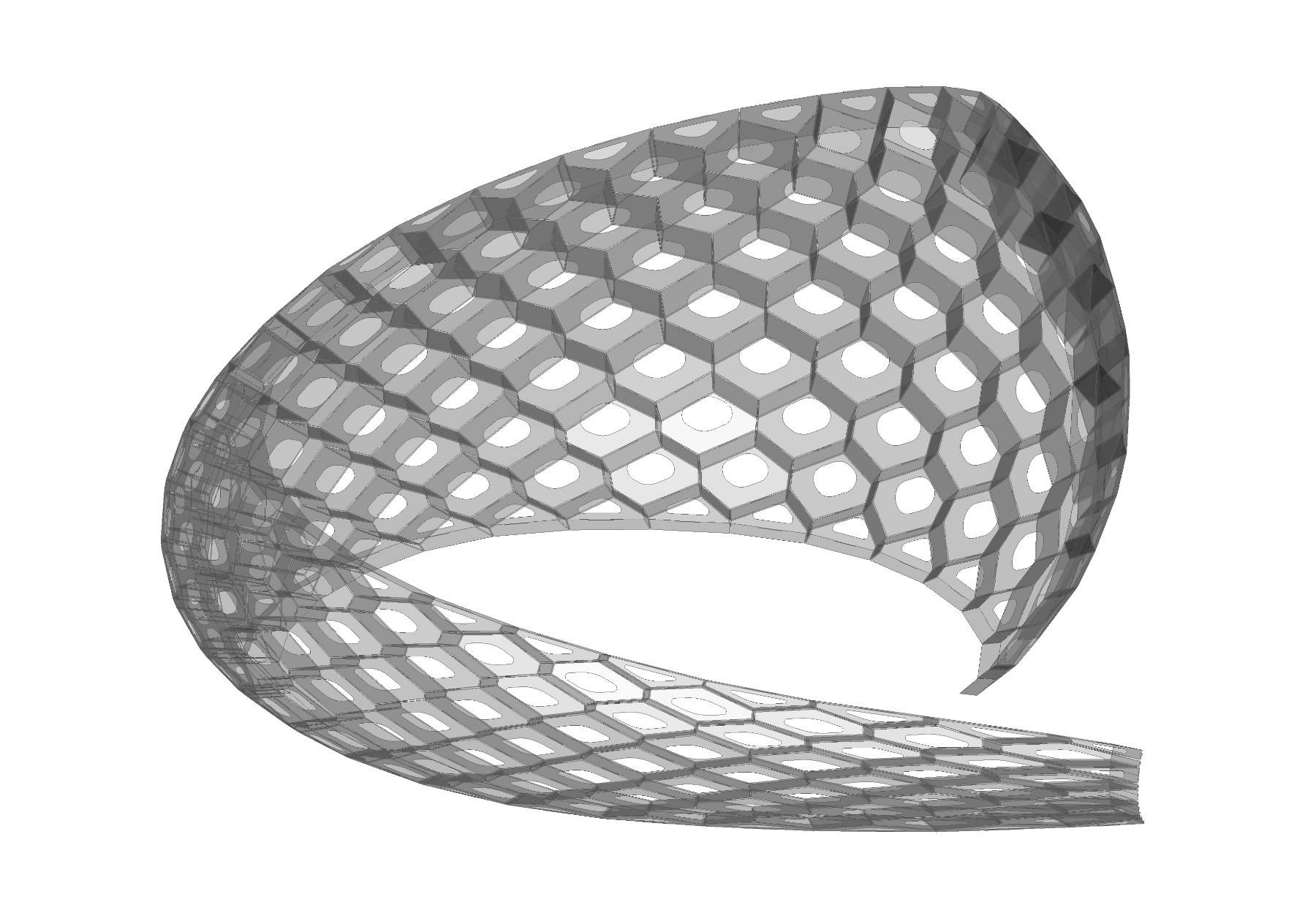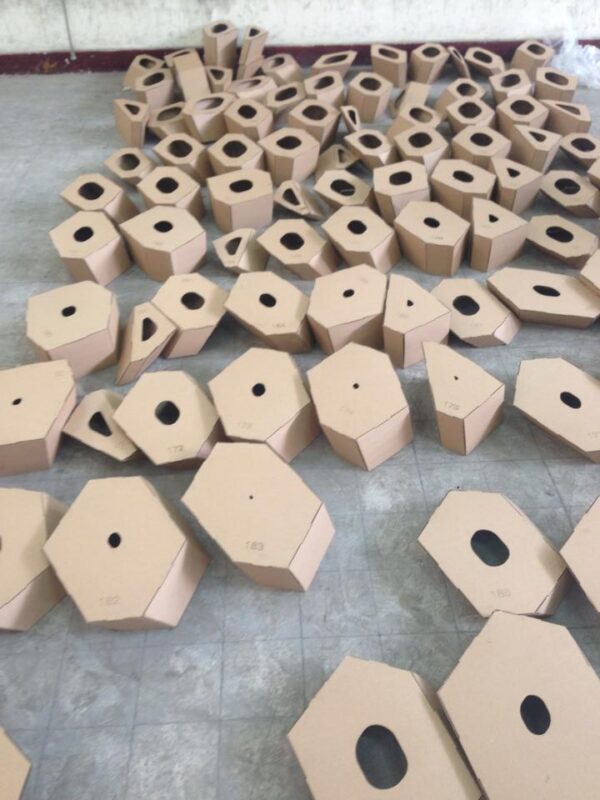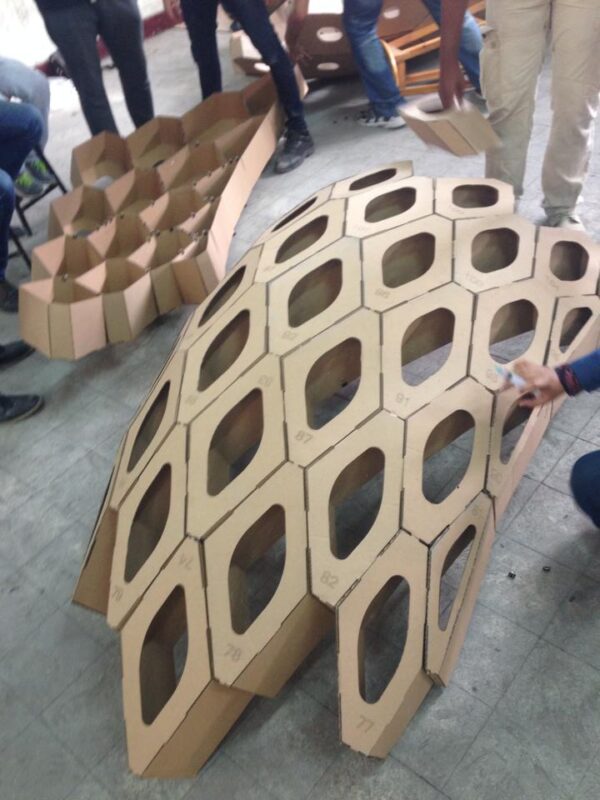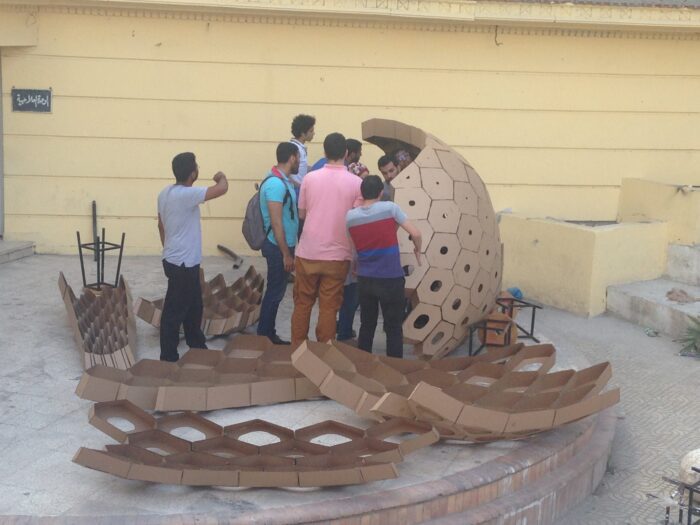In a groundbreaking initiative at Alexandria University, the Faculty of Fine Arts, Architecture Department, launched its first parametric design course in Fall 2015 under the supervision of Professor Ibrahim Abdelhady. This intensive program extended over two semesters and was designed to equip a carefully selected group of students with essential parametric and computational design skills. With a curriculum centered around advanced digital tools such as Rhino, Grasshopper, and 123D Maker, the course introduced students to the dynamic process of parametric design and its potential to revolutionize architectural thinking.
What made this course unique was its direct application of theory to practice. By the end of the first semester, students participated in a competition that tasked them with designing a pavilion—a structure that would serve as both an architectural expression and a testament to their mastery of parametric techniques. Divided into 15 groups, students collaborated to generate innovative pavilion concepts while refining their abilities with parametric software.
Throughout the journey, participants ventured deeper into computational design, expanding their skillsets with plugins like Honeybee and DIVA for Grasshopper. These tools allowed for more nuanced environmental analysis and optimization, integrating performance-driven design thinking into the creative process. The competition was judged based on three fundamental aspects: the originality and creativity of the design, the influence of the software tools on form generation, and the feasibility of translating the digital concept into a real-world pavilion.
Rather than selecting a single winner, the final outcome represented a collaborative effort—a design that fused the most compelling elements from each group’s proposal. Developed entirely using Rhino and Grasshopper, the resulting structure consisted of 230 uniquely generated units, each taking the form of laser-cut caps and flaps that interlocked to form a cohesive whole. The design process also included several layers of optimization. The original concave layout was adjusted to a more linear and stabilized geometry to reduce the number of segments and enhance structural integrity. Openings were carefully reduced to relieve stress on the form, aiming to use less material without compromising design quality.
However, the transition from digital model to physical structure was not without its challenges. The faculty lacked the necessary laser-cutting machinery, and the specific cardboard material—sized 130×97×0.6 cm—was not readily available in the required quantities. Students had to coordinate extensively, traveling to various locations to source materials and locate laser-cutting services. Despite these hurdles, their persistence and teamwork brought the pavilion to life within a modest budget of $750, requiring 15 hours of machining time and 10 hours for full assembly.
The final pavilion stood not just as an architectural installation, but as a symbol of what is possible when parametric design is used as a tool for both innovation and education. It illustrated how students, empowered with the right digital resources and mentorship, can go beyond conventional design practices to explore complex geometries, optimize structures, and bring experimental concepts into the real world. This experience not only enhanced their technical and creative abilities, but also underscored the relevance of parametric thinking in shaping the future of architecture.
Project info:
-
Tutors: Ibrahim Abdelhady, Aya Moussa, Mohamed Dawod
-
Materials: 130×97×0.6 cm Cardboard
-
Assembly Time: 10 Hours
-
Machining Time: 15 Hours
-
Number of Unique Units: 230
-
Total Cost: $750
-
Participants: 30+ architecture students from Alexandria University
Adham Medhat, Ahmed ElGhazoly, Ahmed El khady, Ahmed Hisham, Ahmed Menam, Anwar samy, Asmaa hamdy, Aya Mohamed aly, Aya Osama, Basma Bishir, Dawalt Mansy, Dina ElMazahi, Gasser Youssef, Hadeer hilal, Heba El Hanafi, Jihad AboSeif, Khaleed Maroof, Mohamed el Gohary, Mohamed gamal, Mostafa Ibrahim, Mostafa Hussien, Mahmoud Elsayed, Moaaz ElHoseny, Peter Nabil, Rana Gad, Sherif Ahmed, Yasmin taher, Yousef Yehia.
